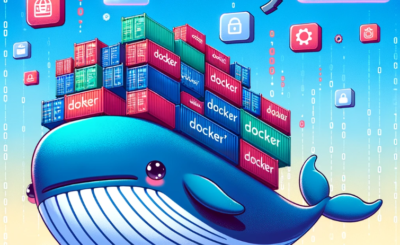Table of Contents
Introduction
In this tutorial, How to run OpenTelemetry on Docker. Is the project created demo services to help cloud-native community members better understand cloud-native development practices?
What is OpenTelemetry?
- It is open-source.
- It provides APIs, libraries, and tools for instrumenting, generating, collecting, and exporting telemetry data.
- It aims to standardize and simplify the collection of observability data.
To use OpenTelemetry with Docker
You’ll need the following prerequisites:
- Docker: Ensure that Docker is installed on your machine. Docker allows you to create and manage containers, which provide isolated environments to run your applications. You can download and install Docker from the official Docker website.
- You can proceed with running OpenTelemetry within a Docker container
- Docker Compose: Ensure that Docker Compose is installed on your machine
- 4 GB of RAM
Run OpenTelemetry on Docker
you can follow these steps:
Create a Dockerfile
- Create a file named Dockerfile (without any file extension) in your project directory.
- This file will define the Docker image configuration.
- Open the Dockerfile in a text editor and add the following content:
FROM golang:latest
# Install dependencies
RUN go get go.opentelemetry.io/otel
# Set the working directory
WORKDIR /app
# Copy your application code to the container
COPY . .
# Build the application
RUN go build -o myapp
# Set the entry point
CMD ["./myapp"]If you are not using Go, modify the Dockerfile according to your programming language and framework.
Build the Docker image
docker build -t myapp .- This command builds a Docker image named
myappbased onDockerfilethe current directory. - The
-tflag assigns a tag (name) to the image.
Run the Docker container
Once the image is built, you can run a container based on it using the following command:
docker run myapp
To run OpenTelemetry using Docker Compose
You can refer to the link here. or on Github.
Create a Docker Compose file, For example below:
version: '3'
services:
myapp:
build:
context: .
dockerfile: Dockerfile
volumes:
- ./logs:/app/logs
ports:
- 8080:8080
environment:
- ENV_VAR=value
Conclusion
you can easily deploy and manage your observability infrastructure. I hope will this your helpful. Thank you for reading the DevopsRoles page!
